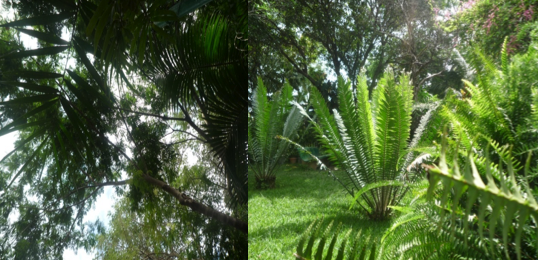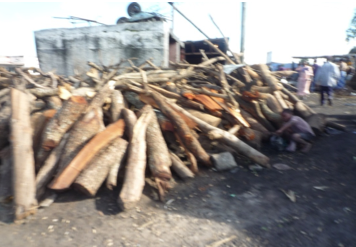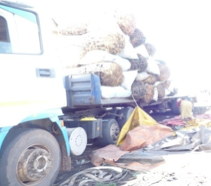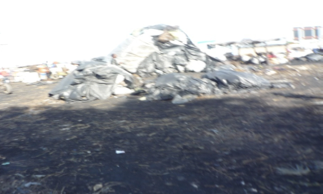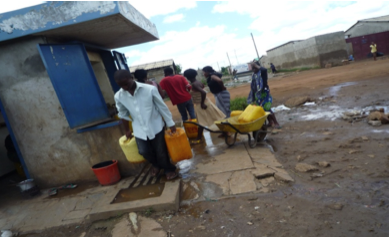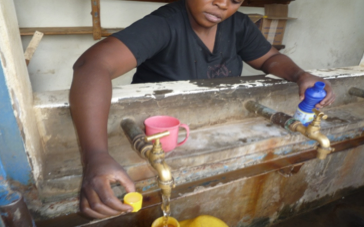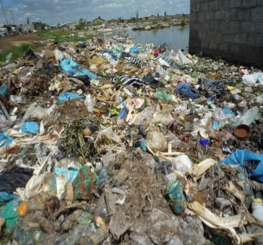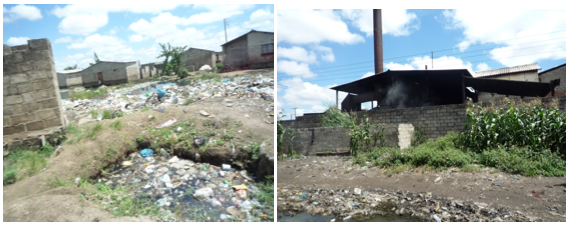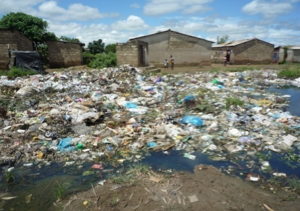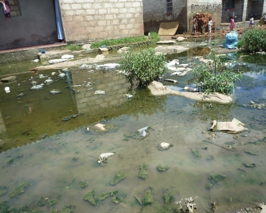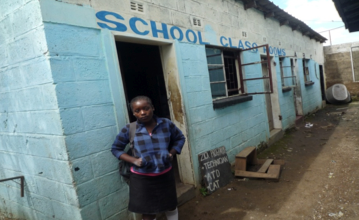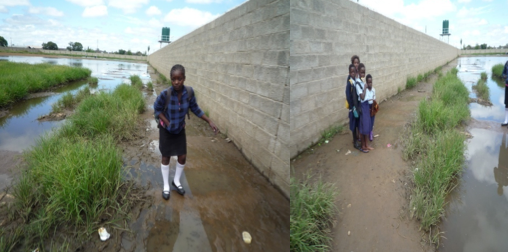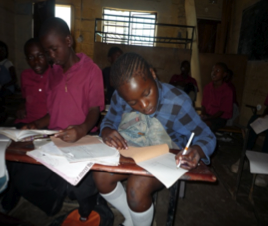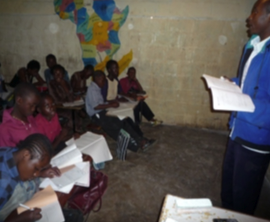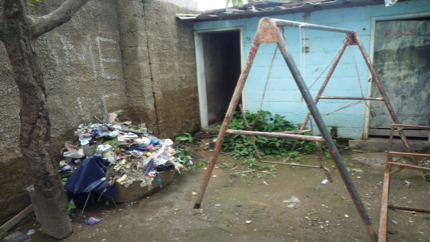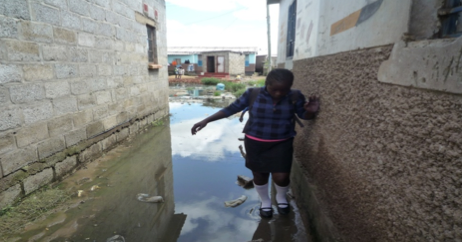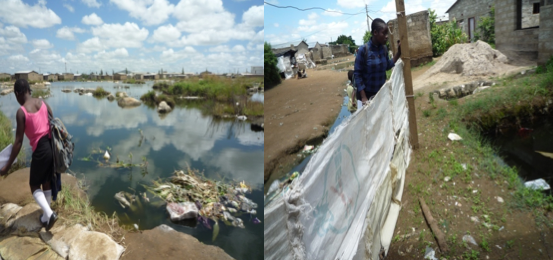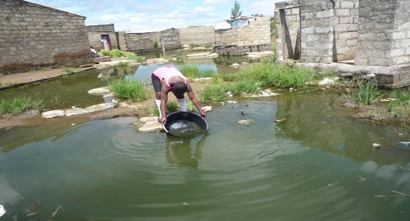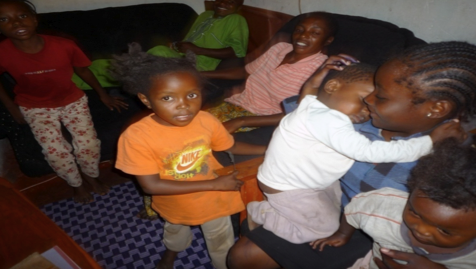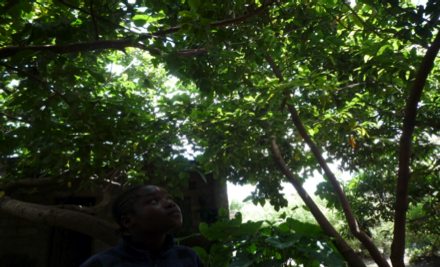Photography and photostory production by Mwnya Yambayamba and Taonga Tembo
The following story, written by Mwnya Yambayamba and Taonga Tembo from Zambia, explores how individuals experience their local environment. It focuses on Kanyama Compound in the capital city of Lusaka, Zambia. The story follows Sangwira Asani who lives in Kanyama and looks at what life is like for residents of Kanyama- how they live, what they go through every day, the risks of infection, etc., all linked, according to the authors, to not caring for our environment and the world at large:
“It is important that we learn, know and feel for such people, as well as ourselves. We need to put ourselves into Sangwira’s shoes and try to understand that world; to think of how we can change it and overcome the challenges affecting our environment such as global warming. It begins with you. It is passed on to your friend and friends to others. The only way to do this is by joining hands, working together as one, as a family, as human beings. Together let’s save the planet…”
Introduction
Our Natural Environment – Trees
Tall trees, blossoming flowers and green grass in Lusaka
Green grass gives us a sense of belonging, the smell of mixed beautiful flowers and tall green trees that remind you how wonderful, amazing and natural the world is that we live in. Birds flying high in the clear blue skies give us a pleasant feeling of wanting to join them on their never ending journey. The relaxing feeling as you smell the fresh air from the atmosphere, which lets you know that you are still alive. It is because of our natural environment that we are able to stay healthy and move freely in clean surroundings.
Trees are an important contribution to the earth’s well-being and survival – they produce the oxygen that we need to survive.
We cut down trees to make charcoal, for paper, furniture, etc., all of which are important to our way of life. The question is how do we balance nature with our needs? Do we need to cut down trees in order to survive? How do we deal with the results of our deforestation? The rains are fewer, the sea level rising and natural disasters are on the increase. Who is responsible for these tragedies – you/me/us/them/everybody?
Our Natural Environment – Water
Water is life. So we should consider how precious water is and the impact on our lives if the earth ran out of it – would be the end? We need to conserve our water and take care of it.
We need to protect our water sources which are vulnerable to germs and diseases. The need for clean water for drinking, cooking, bathing, etc., is crucial yet in areas like Kanyama can be difficult to maintain. Adding chlorine to drinking water is an important every day process for most Zambians.
Kanyama Compound
Kanyama is one of the largest communities in Lusaka. It is located on the west side of the city center. It is one of the areas that experiences many problems such as flooding, “mushrooming” (the growth of houses in the area and how these have added to the problems of flooding and poor sanitation) of homes and pit latrines (toilets), water bone diseases such as bilharzias, diarrhoea, cholera and malaria due to stagnant water.
The problem is aggravated during the rainy season when Maize is planted and there is flooding and unwanted weeds. The two photographs above show flooding during the rains in Kanyama – roads are blocked and rubbish is dumped around the neighbourhood, which is evident throughout the compound often outside the front doors of people’s homes.
Sangwira
Sangwira Asani is 14yrs old. She comes from Kanyama and goes to school in the compound. She is currently studying for Grade 7 at a community school called Mapode Community School. “I love going to school because I want to become a responsible citizen when I grow up. Also, to become who I want and achieve my dreams” she said.
Sangwira tells me that she finds it difficult to travel each morning to and from school with so much water and pot holes in the roads, shallow wells in the nearby areas and the overspill of refuse on the pits. Sangwira says she would like to see her compound cleaned up and the roads repaired so that it is less difficult for her and her friends to go to school.
Sangwira loves to learn and wants to complete her schooling, go to college and pursue her dream of becoming an accountant, because her favorite subject at school is Maths. She says that she finds it difficult to be motivated to stay in school because of the poor conditions of her learning environment. Her wish is for her school to be improved – in particular the sanitation facilities and the litter around the building.
The wells are very dangerous for Sangwira and her community. She said there have been reported cases of children and people falling into these the wells and ponds. Her teacher fell into one of these and drowned, “I always sadly remember the death of my teacher every time I go passed this well. It is so tragic and painful to learn that such things happen before our eyes and nothing gets to be done about it” says Sangwira.
It is from these flooded ponds that Sangwira and the community of Kanyama draw their water when they have run out of clean water to use for washing. “It is unhealthy but there is nothing we can do when clean water stops running from taps, we also believe that it one way of reducing these floods” she says. The community have little choice but to use this dirty water – contaminated water with risk of cholera, dysentery, etc. These diseases are deadly, yet sadly common to this community.
Sangwira is an orphan. Both her parents have passed away, so she lives with her uncle, his wife and their four children. The phenomenon of orphans and street children is a sad and growing reality in Zambia. In her free time, Sangwira study’s and helps her aunt to do household chores.
Sangwira often finds herself daydreaming about her future and of becoming an accountant. She says that trees give her a sense of strength and hope for her dreams. “Lets keep and grow trees to survive” she says. She hopes that one day her community will be helped to combat the flooding that often prevents her from going to school.

